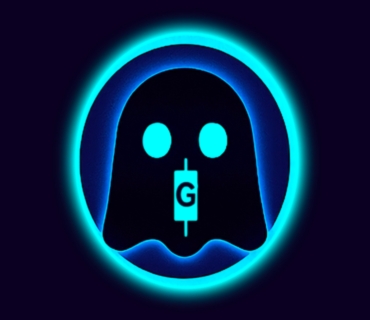What is a 51% attack
A 51 percent attack happens when one party or a coordinated group gains control of a majority of a blockchain’s validating power, whether that power is measured as hash rate on proof of work chains or as stake in some proof of stake designs. With majority control the attacker can manipulate the short term ordering of transactions and, critically, can reorganize recent blocks to double spend coins they previously sent. In plain terms it lets the attacker rewrite small stretches of the ledger and benefit financially while undermining the network’s trust assumptions.
How it works
Blocks are accepted by the network according to the chain with the most cumulative work or the strongest consensus metric. If an attacker controls more than half of the validating power they can secretly build an alternate branch of blocks that excludes or reverses certain transactions. When their private branch becomes longer than the public one, they release it and the network adopts it as the canonical history. Transactions that appeared confirmed on the old branch can vanish from the ledger, allowing the attacker to spend the same coins twice or to prevent other users’ transactions from confirming.
Why it matters
A 51 percent attack breaks the fundamental guarantee that a confirmed transaction is final. Even a short reorganization can cause financial losses for merchants, exchanges, and users who accept supposedly confirmed payments. Beyond direct theft it destroys confidence in the network, dries up liquidity, and can make it impossible for businesses to accept that asset without excessive risk buffers. The attack also reveals centralization risks; if mining or validating power concentrates in too few hands, the network is no longer resilient.
Real world examples
Several smaller and mid sized networks have suffered 51 percent attacks in recent years. Chains with low total hash rate or poorly distributed validator sets are especially vulnerable because it is cheaper and easier for a single actor to acquire majority control. Those historical incidents show the usual pattern, attackers double spend or drain exchange hot wallets and then quickly cash out, leaving users and custodians with unrecoverable losses.
Defenses and mitigations
Strong defenses begin with decentralization, spreading validating power across many independent actors so no single entity can amass a majority. Economic design also helps, for example by raising the cost of mounting an attack through high hardware barriers, significant stake requirements, or slashing penalties that destroy an attacker’s collateral. Exchanges and merchants reduce risk operationally by requiring more confirmations for deposits, using watchtowers or monitoring services that detect unusual chain reorganizations, and by only accepting deposits from networks with demonstrable decentralization. Some projects add finality algorithms or checkpoints that lock history after a period so attacks cannot undo long-settled history.
What you should know as a user
For everyday users, the takeaway is practical. Favor assets with broad, decentralized participation for high value transfers. When accepting funds for a purchase or on an exchange, wait for an appropriate number of confirmations based on the asset’s security profile. For developers and custodians, prioritize networks with robust validator diversity and consider operational safeguards such as monitoring alerts, diversified custody, and policies for handling reorgs.
TLDR
A 51 percent attack lets a majority-controlling party rewrite recent blockchain history to double spend or censor transactions. It is a direct consequence of centralized validating power and is prevented primarily by decentralization, economic disincentives, and careful operational practices.



Add comment
You must be logged in to post a comment.